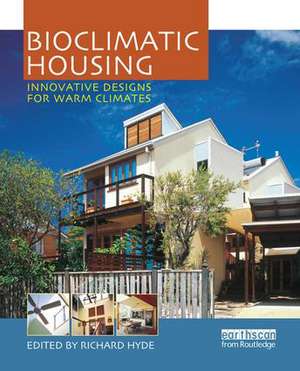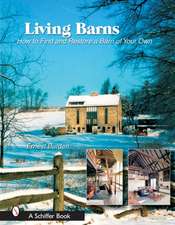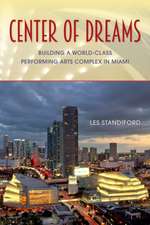Bioclimatic Housing: Innovative Designs for Warm Climates
Editat de Richard Hydeen Limba Engleză Hardback – 31 mar 2016
| Toate formatele și edițiile | Preț | Express |
|---|---|---|
| Paperback (1) | 493.63 lei 6-8 săpt. | |
| CRC Press – 11 dec 2007 | 493.63 lei 6-8 săpt. | |
| Hardback (1) | 741.52 lei 6-8 săpt. | |
| CRC Press – 31 mar 2016 | 741.52 lei 6-8 săpt. |
Preț: 741.52 lei
Preț vechi: 1157.59 lei
-36% Nou
Puncte Express: 1112
Preț estimativ în valută:
141.89€ • 148.54$ • 117.40£
141.89€ • 148.54$ • 117.40£
Carte tipărită la comandă
Livrare economică 05-19 aprilie
Preluare comenzi: 021 569.72.76
Specificații
ISBN-13: 9781138173682
ISBN-10: 1138173681
Pagini: 476
Dimensiuni: 200 x 245 mm
Greutate: 0.74 kg
Ediția:1
Editura: CRC Press
Colecția Routledge
ISBN-10: 1138173681
Pagini: 476
Dimensiuni: 200 x 245 mm
Greutate: 0.74 kg
Ediția:1
Editura: CRC Press
Colecția Routledge
Public țintă
Professional Practice & DevelopmentCuprins
Foreword * Preface * Overview * Part I: Redefining Bioclimatic Housing * Definitions, Concepts and Principles * Trends, Promotion and Performance * Part II: Location, Climate Types and Building Response * The Mediterranean: A Cool Temperate Climate * Adelaide: A Warm Continental Climate * Tehran: A Hot Arid Climate * Tokyo: A Warm Temperate Climate * Brisbane: A Subtropical Climate * Kuala Lumpur: A Hot Humid Climate * Part III: Principles, Elements and Technologies * Design, Elements and Strategies * Green Technologies, Performance and Integration * Index
Notă biografică
Richard Hyde is Professor of Architectural Science at The University of Sydney, Australia.
Recenzii
'Well chosen and attractively illustrated example housing projects make the principles readily understandable for the reader ... stimulating reading for architects and clients of buildings.'Robert Hastings, Swiss Association of Engineers and Architects'This book is a great learning tool for architects looking to design comfortable and resilient homes in the lower latitudes. It provides a good range of detailed case study houses, with clear explanations of how they work, and it also provides an excellent foundation of regionally appropriate, passive, low energy, low carbon design principles that will do much to inform the new vernacular buildings of the warm, and warming, climates in the 21st Century.'Professor Susan Roaf, Director of The Low Carbon Cities Initiative'Well chosen and attractively illustrated example housing projects make the principles readily understandable for the reader ... stimulating reading for architects and clients of buildings.'Robert Hastings, Swiss Association of Engineers and Architects'Richard Hyde has edited a good book putting together design criteria to reshape existing housing and generate new forms towards a possible sustainable future in the warm weather changes we are already experiencing.'Hellas Online'A worthy addition to the bookshelf of the practitioner as a starting point of conceptual thinking about a housing project in a particular climate zone. It will help to apply proper principles and guidelines to ensure that one is working with nature and not against it. It is also a useful start to the architectural student learning the viable options for achieving solar design as a mainstream activity for their future world.'Energy News










